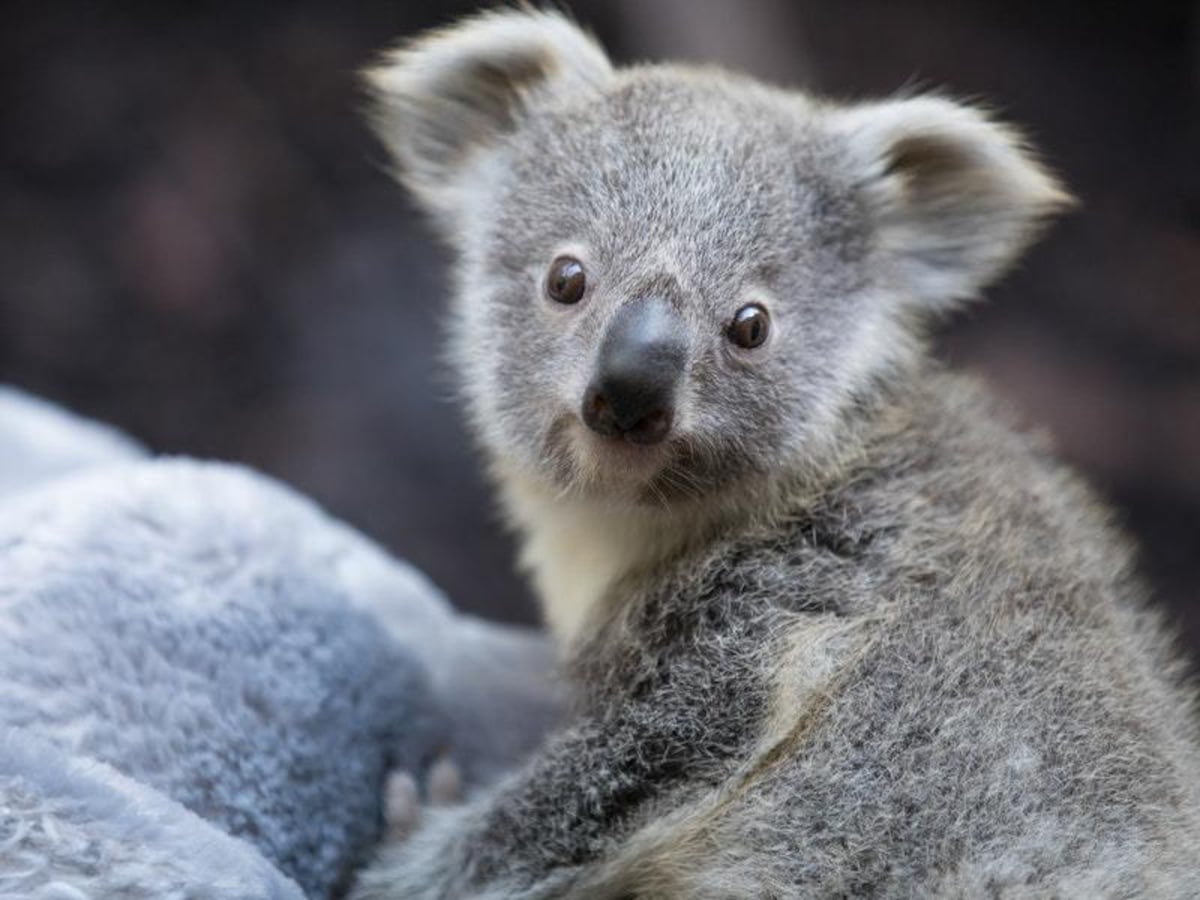Image Source : Guernsey Press
The iconic Australian koala, once a symbol of resilience and adaptability, is facing unprecedented threats to its survival. The eastern coast koala population was officially listed as endangered by the Australian government in 2022, sounding the alarm for concerted conservation efforts. Habitat destruction due to sprawling urbanization and the spread of chlamydia, a debilitating disease affecting koalas, are the primary culprits driving this decline.
As urban development and infrastructure projects encroach upon koala habitats, the fragile ecosystem is disrupted, leaving these marsupials vulnerable to the loss of their natural environment. The destruction of eucalyptus forests, which provide food and shelter, isolates koala populations and severes vital food sources. Furthermore, koalas are often struck by cars while attempting to cross roads that slice through their dwindling habitats.
The spread of chlamydia, a bacterial disease, exacerbates the population decline by causing blindness, infertility, and respiratory issues in koalas. Climate change also plays a significant role, as droughts and heatwaves reduce the quality of eucalyptus leaves, the koalas’ primary food source. Devastating wildfires destroy habitats, leaving koalas without refuge.
Conservation efforts are underway to address these pressing issues. Habitat restoration and protection are critical, along with disease management and research. Education and community engagement are also essential in raising awareness about the koalas’ plight. Policy reforms are necessary to balance urbanization and conservation, ensuring the long-term survival of this beloved species.
The Australian government, conservation organizations, and local communities must collaborate to safeguard the koala’s future. By protecting habitats, addressing disease, and mitigating the impacts of climate change, we can prevent the eastern coast koala population from slipping further toward extinction. The fate of this iconic species hangs in the balance, and immediate action is necessary to preserve the koalas’ place in Australia’s unique and diverse ecosystem.








